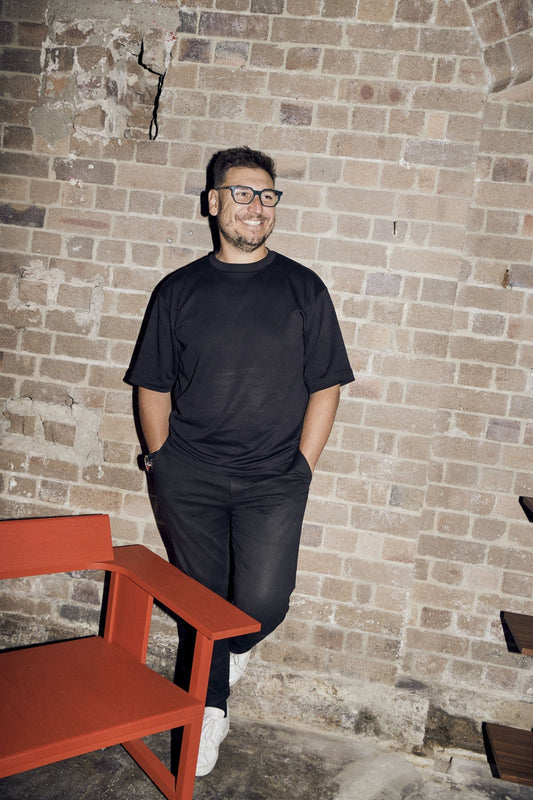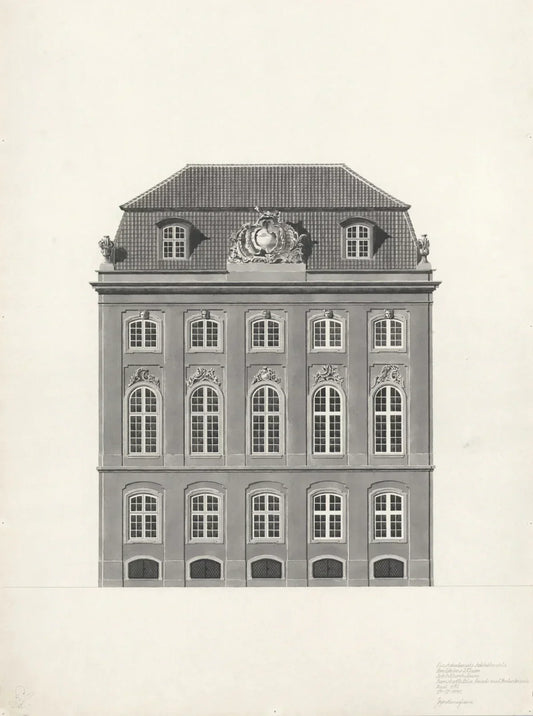Explore any interior design or furniture showroom in the world, and a roster of industry-leading names will swiftly present themselves. One of them is Petrus Palmér, the Stockholm-based founder of design brand Hem (Swedish for home).
One of the world’s most synonymous and influential figures, Palmér’s work revolves around rigour, emotion, innovation and comfort. Crafting a wide range of objects, from aircraft and cars to furniture, jewellery and clothing, he has a reputation for pushing the boundaries of form and manufacturing methods.
District spoke exclusively to Palmér about his early influences, seeking fresh inspiration, and visiting Australia.
Petrus, how did Hem come about?
“After a degree in Industrial Design, I started design studio Form Us With Love with two partners in 2005. We gained recognition and designed furniture for design companies spanning IKEA to Cappellini. After 10 years as a practising designer, I grew frustrated with the archaic workings of the industry and decided to take matters into my own hands and start my own design brand”.
What was it about the traditional business model that made you swap to a direct-to-consumer model?
“One of the big thresholds of the traditional design business is the lack of direct relationships with the customers. This has its explanation, especially given the bulky size of the objects, and the lack of retail knowledge within the often family-run businesses, which focused more on product development and manufacturing. In this day and age though, it is expected to have a direct channel, and to talk directly to your customers”.
The 2010s were years of peak collaboration for design houses, so you were well and truly riding the wave collaborating with behemoths like Pauline Deltour, Philippe Malouin, and Max Lamb.
″Named designers have always been a huge part of the design industry and date back to the birth of industrial design as we know it. The Italian mid-century and post-modernism designers drove and set standards that still hold today. In some ways, design brands can be likened to that of a publishing house or record label. Design is culture. We look for unique voices with something to say and that is relevant to how we live and furnish today and tomorrow. All of our relationships are long-term and they are forged through discussion and collaboration over the course of years”.
Who, past and present, would you love to work with?
“I’m always drawn to bold expressions and strong creative voices. Historically, digging where I stand, Svenskt Tenn and Josef Frank (which are basically synonyms) are special cases - highly bourgeoise phenomena that in a funny way shaped Swedish design history and homes in a major way. But they are not isolated and a part of the modernist movement. You can draw a line from Alexander Girard or even Josef Albers. In Sweden, we had designers like Stig Lindberg who did both graphic abstract patterns and very decorative floral patterns, such as the Herbarium. Also Josef Frank did abstract graphics, like the Mosaik”.
PP: The most interesting designers in Sweden today, in my book, are designers like Anton Alvarez (who studied under Tord Boontje at RCA) who is building onto a new wave of expressive and bold designs.
You have a number of studios globally now.
“Yes we have studios in Stockholm, Los Angeles and New York. All of them are by-appointment spaces primarily dedicated to professional customers – interior designers and architects working on bigger projects”.
What is your design approach and how much is it impacted by the process?
“We dream of building a brand that you follow to see where it goes next - to see what is revealed behind the next corner. We want to do this by bringing forward a collection that is truly exciting. Our way of approaching this is to trust our gut feeling. Our process is based on initial sparks of interest by an object, material or technique, or by a specific designer and their trajectory. The beginning is quite chaotic. Only later does the process become structured and, in the end, highly disciplined”.
How you define art compared to design?
“Great design is something we feel, and a great design brand is something very emotional. We can all understand the alchemy that happens when good things come together: the form, the touch, the use, it works, it looks beautiful, it feels good, and life is good. Great art can also be felt, but it allows for a much broader spectrum of feelings. It doesn’t need to be commercial in the end, as long as it provokes a feeling”.
Where does your passion for art and design come from?
“My mother was highly attuned to all things visual, and growing up with her as a single parent (my father died when I was very young), my world view became imprinted with an aesthetic filter”.
Are you more inclined to look to the future for inspiration, or the past?
“In any question where I have to choose between the future and the past, I will always choose the future. I love the future, and I have a very conflicted relationship with nostalgia. That being said, I’m a huge art and design history buff. In this line of business, it is imperative that you have deep knowledge of those who went before you”.
What are your signature design values/ philosophies?
“Our motto at Hem is ‘imaginative designs of obsessive quality’ and we try to stick to that in everything we do”.
Have you been to Australia? Why do you think Hem is so successful here?
“Never been! Would love to go! I think it’s successful because we share a lot of cultural values and are attuned to similar visual cues”.







